Dutton Park was named after Charles Boydell Dutton, the Queensland Minister for Lands from 1883-87. Dutton Park is now bordered by Highgate Hill, Fairfield and Woolloongabba. The area was originally heavily timbered with deep gullies. Closer settlement was brought about by the surveying of a track skirting the swamp at Clarence Corner, passing the Brisbane Gaol and continuing until it joined the bullock track of Ipswich at the Junction Hotel.
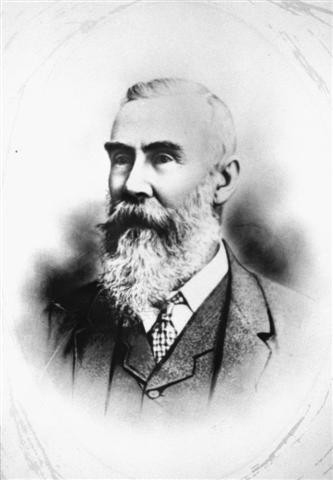
Charles Boydell Dutton, 1883. Image number 110650.
The area was unpopular at the time of early development due to planning for the South Brisbane Cemetery and the Gaol.
Some early settlers, residents and businesses include:
- Fitzsimmons and Cribb families, adjacent to the park.
- 1884 – Samuel Grimes (1884). His residence was called Coongoon located on Annerley Road, Dutton Park.
- Princess Theatre (1888).
- Cope and Newman, coach builders, Boggo Road (1889).
- James Davey, baker (1900).
- Webster’s Machine Bread and Cake Factory (1901).
- Grandmother Martin’s general store, corner Annerley Road and Tillot Street, Dutton Park (1901).
- Poul Poulson (photographer) built his residence, Beechwood in Gladstone Road, Dutton Park (1910).
- 1933 – C.S. Jones' Musgrave general store (1933).
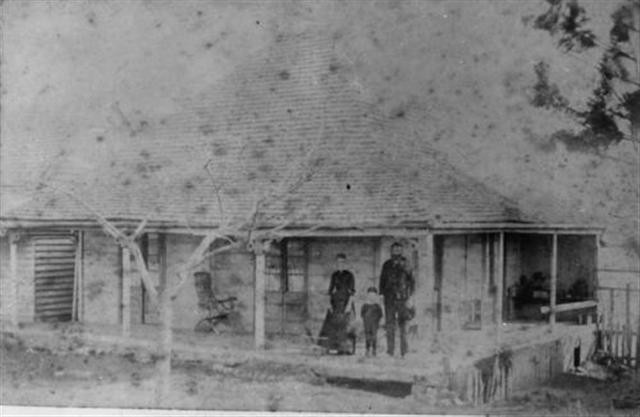
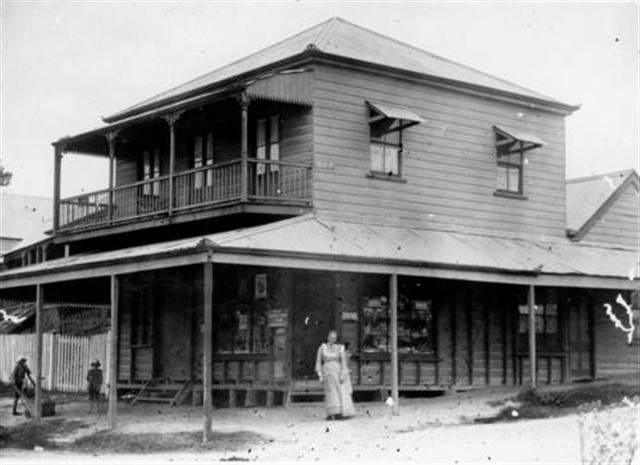
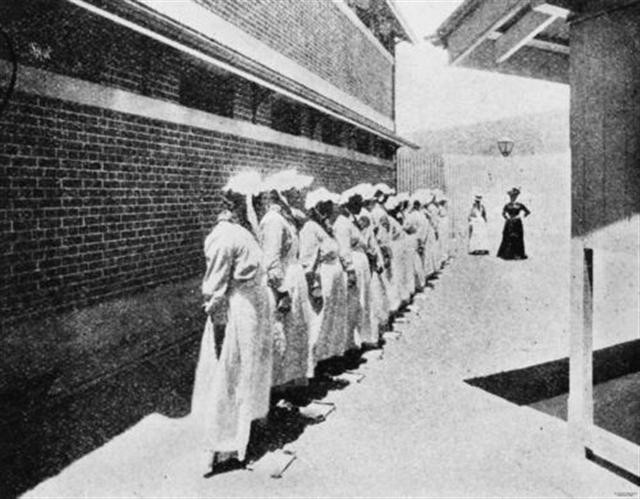
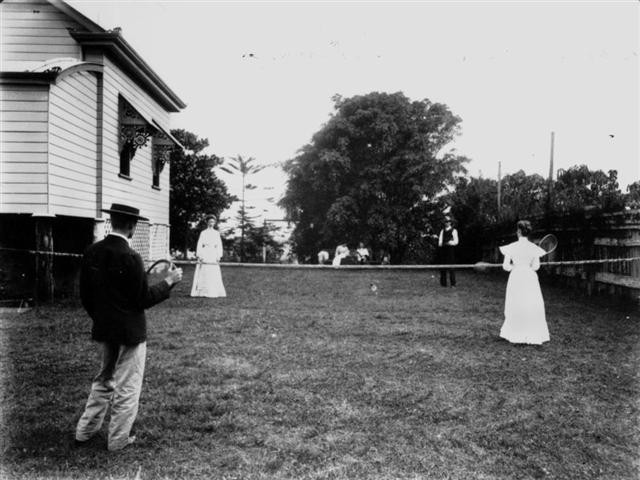
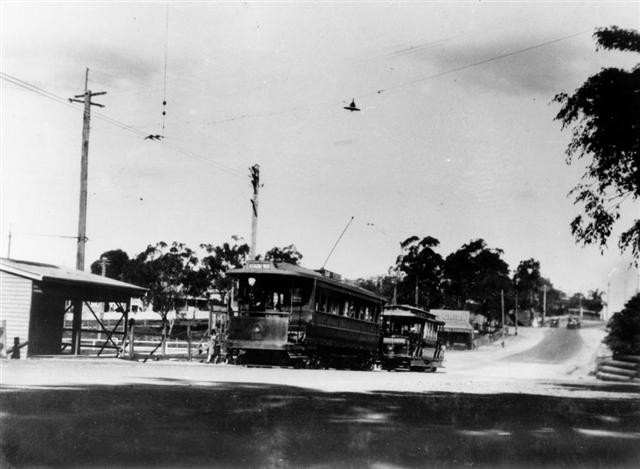
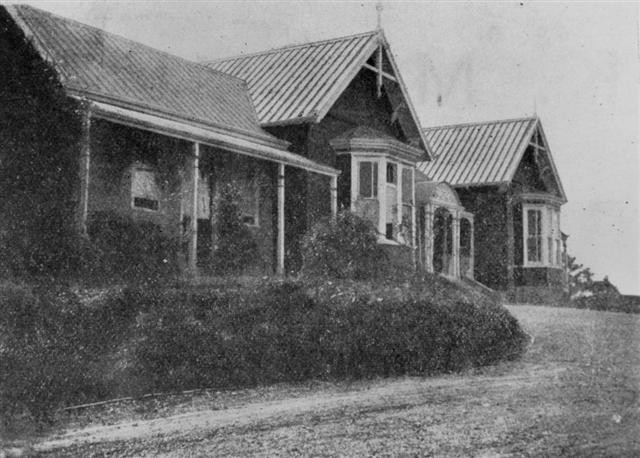
Some buildings and locations within the Dutton park area include:
- Boggo Road Gaol dating from 1863. The existing gaol building dates from 1881. Boggo Road Gaol closed in 1989.
- State Womens’ Prison (1903).
- Dutton Park Swimming Enclosure (1921) was formerly located up against the river bank.
- Boggo Road. This road was originally named Bloggo Road, with Bloggo said to be an Aboriginal word meaning leaning trees. The word was subsequently corrupted to Boggo.
- Princess Alexandra Hospital. There has been a health care facility on this site since 1901 when the Lady Diamantina Orphanage was established. Later the facility was reopened as the Diamantina Hospital. Following an upgrade it became known as the South Brisbane Auxiliary Hospital, then the South Brisbane Hospital. In 1960, the Queen gave approval for the complex to be named after Princess Alexandra, who had visited Australia in 1959.
- Dutton Park/Dutton Park Cemetery. This site was reserved as public land from an early date but it was only in 1870 that the first burial took place. Jane Hocking, a West End resident was buried in August, 1880.
- 1884 – South Coast Railway was built with a station located at Dutton Park.
- 1886 – Dutton Park State School was established.
- 1908 –The tramline was extended to the area.
- 1919 – St. Ita’s Primary School was opened by the Ursuline sisters. The school opened in Borva House, dating from the 1870s, previously the residence of Edward Hughes, a local dentist.
- World War Two – Boggo Road Gaol was used to accommodate military prisoners who were awaiting court marshall.
Comments
Your email address will not be published.
We welcome relevant, respectful comments.